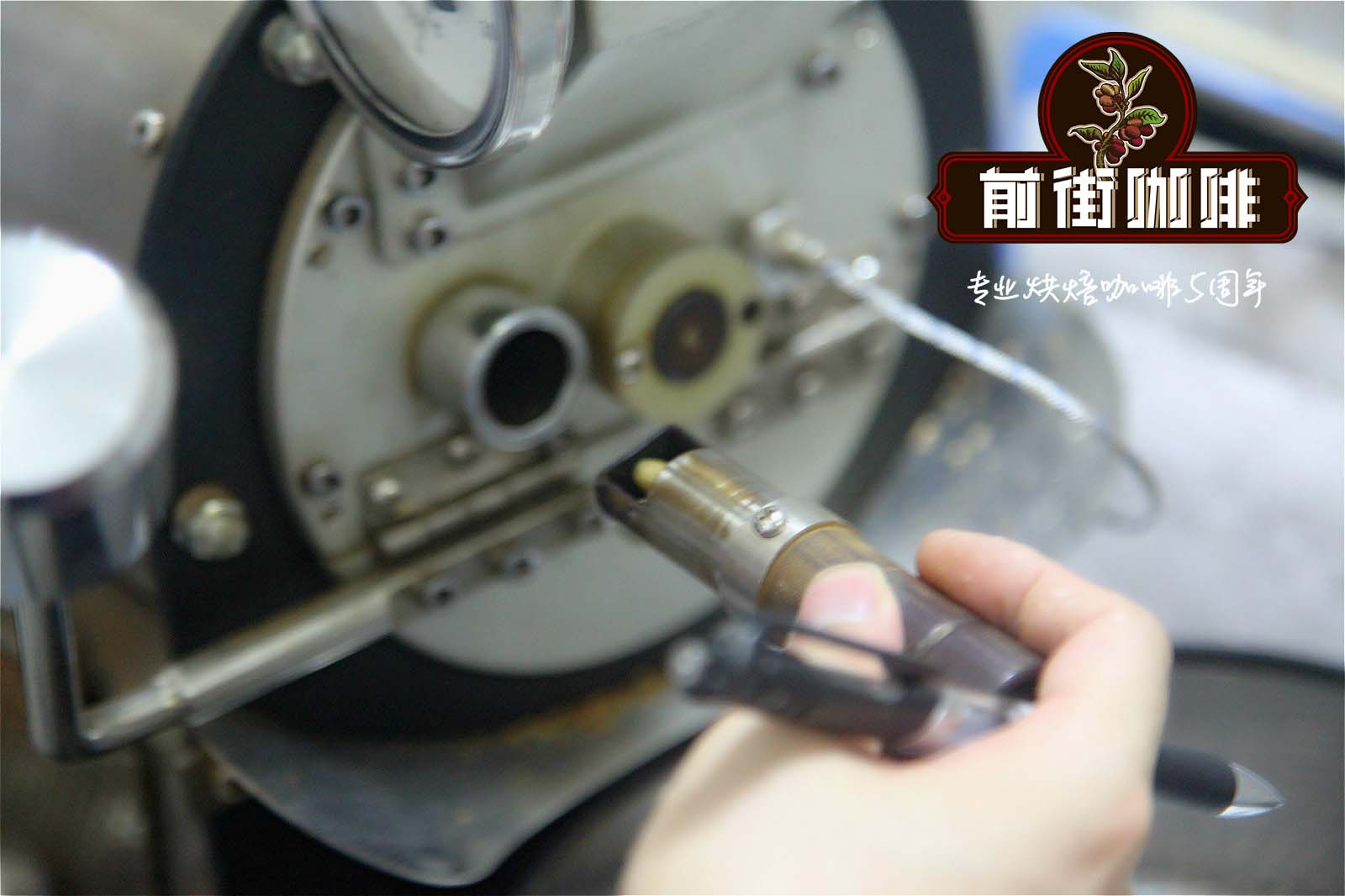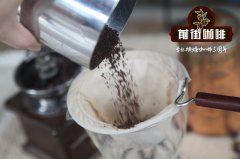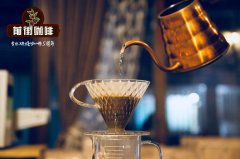Description of Flavor and introduction of Historical Story of Solar Coffee beans in Olian specialty area of Oriente, Guatemala

Professional coffee knowledge exchange more coffee bean information please follow the coffee workshop (Wechat official account cafe_style)
History of Coffee in Guatemala
Guatemala coffee in Guatemala was introduced by missionaries in 1750. It was only in 1860 that the Germans expanded the entire industry. To date, about 60000 family farms operate the coffee industry in Guatemala. Coffee is grown in the Sierra Mountains near the Pacific coast. The Sierra range stretches across the country, connecting up to the Rockies and down to the Andes.
Due to the great regional climate change, coupled with differences in soil, rainfall, moisture, height, and temperature, there are seven different regional coffees in Guatemala: Antigua, Fraijanes Plateau, Rainforest Cob an, Highland Huehuetenango, Atitlan, Volcan San Marcos, and Oriente. Among them, Guatemala is famous for its Antigua coffee (Antigua).
Most of the varieties of Guatemalan coffee are Arabica, and the treatment process is washing. The height of the plant is between 2300 and 5600 feet. The harvesting method depends almost entirely on manual labor. It can be harvested all year round, but the main harvest period is from July to April of the following year.
Guatemala Antigua Coffee Guatemala-Genuine Antigua Coffee
Production area / Grade: Antigua / Screen 17 + the world-famous Antigua coffee has a ripe berry-like aroma, strong and strong.
Active volcanoes erupt every 30 years or so, enriching the already rich soil and giving coffee a unique and strong tobacco flavor. The supple bitterness and charming tobacco flavor make the palate more rich and rich.
The Republic of Guatemala (Spanish: Rep ú blica de Guatemala) is a country of Central America, located in the south of the North American continent, bordering Mexico to the north, Belize to the northeast, and Honduras and El Salvador to the southeast. The capital, Guatemala City, is also the largest city in Guatemala. At present, by the end of 2014, the working population of Guatemala is mainly engaged in traditional agriculture, mainly exporting traditional agricultural products such as coffee, sugar and bananas.
From the 4th century to the 11th century, Guatemala was the center of ancient Indian Mayan culture, and the ruins of many pyramids and cities left over from this period are still visible today. Here is a brief introduction to one of the four legendary ancient civilizations (for more information about the Mayan ancient civilization, please see the Mayan civilization).
The Maya, born in 3113 BC, were ancient Indians living in Central America and mysteriously disappeared around 750 AD. The Mayans live in the heart of Central America, spanning parts of what is now Guatemala, Belize, Mexico (Mexico), Honduras (Honduras) and El Salvador (El Salvador). The main population is concentrated in the low-lying areas of present-day Guatemala's Peten and Yucat'an provinces.
Mayan cultural relics
In the 16th century, when the Spaniards invaded Central and South America, they burned all the ancient Mayan artifacts and sacred books preserved by the Aztecs, the successors of the Mayan civilization. It also brought diseases such as smallpox and tuberculosis to the Mayans. The Spanish bishop at that time could not tolerate the fact that the Mayans did not believe in Christianity. So collect all the sacred documents on hand of all the priests and burn them with fire. Make many precious books about Mayan civilization disappear from now on. Fortunately, there are very few books that have not been burned or have been passed down from generation to generation. At present, there are still a small number of Mayan descendants living in Central America, including Guatemala.
Guatemala's real commitment to economic modernization is the United Fruit Company (United Fruit Co.), which has been dominated by the United States since the early 20th century. And foreign companies such as subsidiaries of joint venture power companies in the United States and other countries (i.e. Cash Guatemala Power Company). At that time, United Fruit (now renamed Jinjida Brand International) was the largest banana manufacturer and distributor in the United States, mainly from Central American countries (more information about Jinjedda Brand International). The practice is to intervene in national politics and profit from the acquisition of large areas of coffee and banana estates in Guatemala and other Central American countries.
The excellent quality of Guatemalan coffee beans is due to the unique conditions of their producing areas, including different climate change in each region, rich soil formed by volcanoes, abundant natural water resources, high-altitude mountains and shady and moist forests. There are seven main producing areas in Guatemala: Antigua Coffee (Antigua Coffee), traditional Artitl á n (Traditional Atitl á n), Rainforest Coban á n (Rainforest Coban), Waijangs Plateau (Fraijanes Plateau), Mini Nanguo Highland (Highland Huehue), New Oriental (New Oriente), volcano San Marco (Volcanic San Marcos).
Here are two features of the producing areas and microclimates that we come into contact with more often (see Guatemalan Coffee for more information):
Antigua coffee (Antigua Coffee):
Rich volcanic soil, low humidity, plenty of sunshine and cool nights are the climatic characteristics of Antigua coffee producing areas. The valley is surrounded by three volcanoes: Agua, Fuego and Acatenango. Tierra del Fuego volcano is one of the three most active volcanoes in Guatemala, and the ash from frequent eruptions makes the soil of Antigua rich in minerals. The volcanic pumice in the soil can maintain humidity and help overcome the lack of rainfall in Antigua. In addition, the tree shade in this area is particularly dense, which can withstand occasional frosts and protect coffee plants from frosts.
Pico Nanguo Highland (Highland Huehuetenengo):
Of the three major non-volcanic coffee producing areas in Guatemala, the Mini Tenango Highlands has the driest climate and the highest elevation. The dry and hot wind from Mexico's Tehuantepec plateau protects the region's coffee from frost and can be grown to 2000 meters (6500 feet). Because of its remote location, all coffee farmers have to process their own coffee, but fortunately there are so many streams in the area that small processing plants can be set up almost anywhere.
END
Important Notice :
前街咖啡 FrontStreet Coffee has moved to new addredd:
FrontStreet Coffee Address: 315,Donghua East Road,GuangZhou
Tel:020 38364473
- Prev

Guatemala Santa Catarina Estate Story_How to brew Guatemala Antigua coffee beans
Professional coffee knowledge exchange More coffee bean information Please pay attention to coffee workshop (Weixin Official Accounts cafe_style) Guatemala coffee-Antigua Santa Catarina estate introduction region Antigua San Miguel Dueas Acatenango volcano east slope farm owner Pedro Echeverra Falla variety 100% Bourbon Bourbon variety picking method 100% hand
- Next

Incht Manor Yellow Kaduai Guatemalan Coffee brewing suggestion. Is Huangkaduai Coffee good?
Professional coffee knowledge exchange more coffee bean information please follow the coffee workshop (Wechat official account cafe_style) Guatemala Coffee Manor-Incht Manor introduction Eincht Manor is located in Vivette Nanguo this amazing coffee region, with steep sharp teeth peaks and narrow valleys, receiving warm hot wind from neighboring Mexican lowland valleys, the hot air warmed
Related
- Detailed explanation of Jadeite planting Land in Panamanian Jadeite Manor introduction to the grading system of Jadeite competitive bidding, Red bid, Green bid and Rose Summer
- Story of Coffee planting in Brenka region of Costa Rica Stonehenge Manor anaerobic heavy honey treatment of flavor mouth
- What's on the barrel of Blue Mountain Coffee beans?
- Can American coffee also pull flowers? How to use hot American style to pull out a good-looking pattern?
- Can you make a cold extract with coffee beans? What is the right proportion for cold-extracted coffee formula?
- Indonesian PWN Gold Mandrine Coffee Origin Features Flavor How to Chong? Mandolin coffee is American.
- A brief introduction to the flavor characteristics of Brazilian yellow bourbon coffee beans
- What is the effect of different water quality on the flavor of cold-extracted coffee? What kind of water is best for brewing coffee?
- Why do you think of Rose Summer whenever you mention Panamanian coffee?
- Introduction to the characteristics of authentic blue mountain coffee bean producing areas? What is the CIB Coffee Authority in Jamaica?

